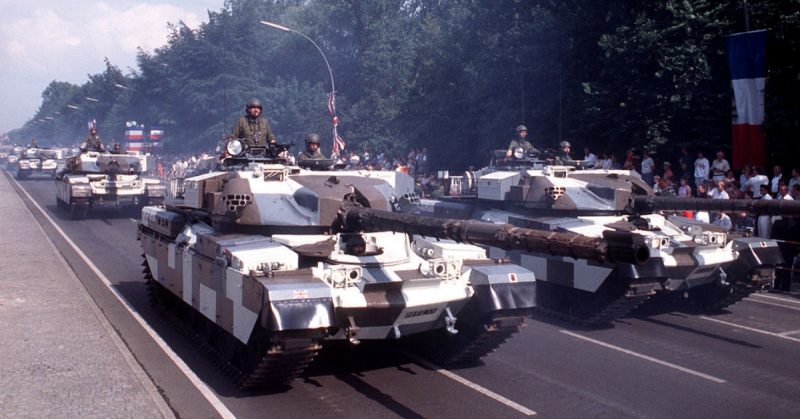The Second World War consolidated the position of tanks as among the most important fighting machines in the world. In the decades that followed, the two sides of the Cold War continued to refine these machines to make them capable of battlefield dominance.
These were the leading machines fielded by the British, the original creators of the tank:
Churchill
Going into the Cold War, Great Britain retained a large pool of hardware that had been built up to fight the Axis Powers. This included a variety of tanks, of which the most noteworthy was the Churchill.
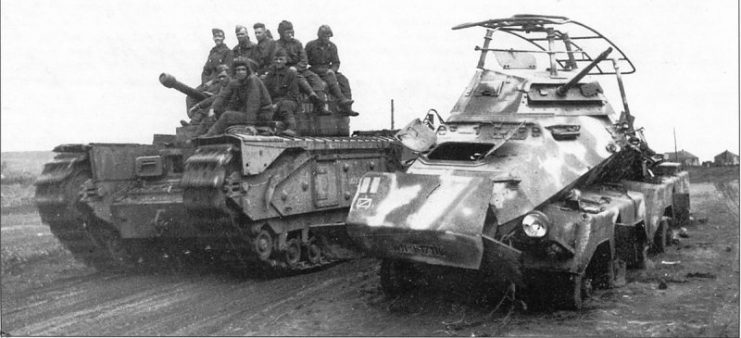
Developed during the war, the Churchill was an infantry tank – a vehicle designed to escort infantry during their advances, providing them with cover and supporting fire. First fielded during the disastrous Dieppe Raid of 1942, it overcame this troubled start to become a mainstay of the British Army.
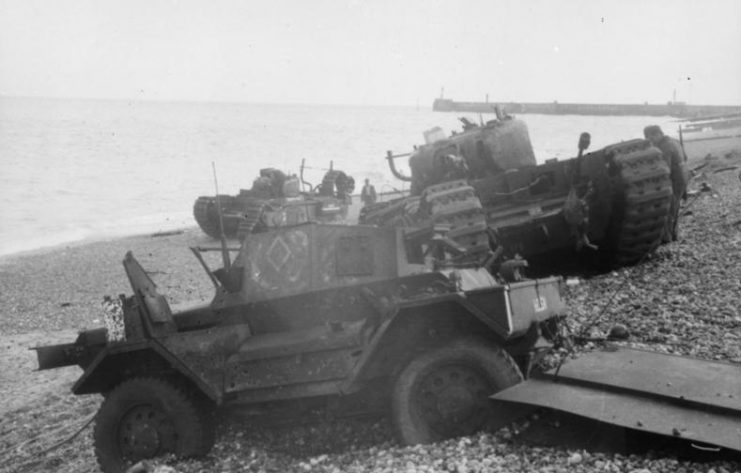
With its hull-high tracks and deep-set front, it was initially built to carry only a 2-pounder gun in its turret and a 3-pounder howitzer in the front of the hull, but this weaponry was steadily upgraded over the course of the war. By the end, some carried 95mm howitzers.
By 1945, Churchills were serving in British formations all over the world, and they continued to do so for another five years, as Britain turned to face a new enemy.
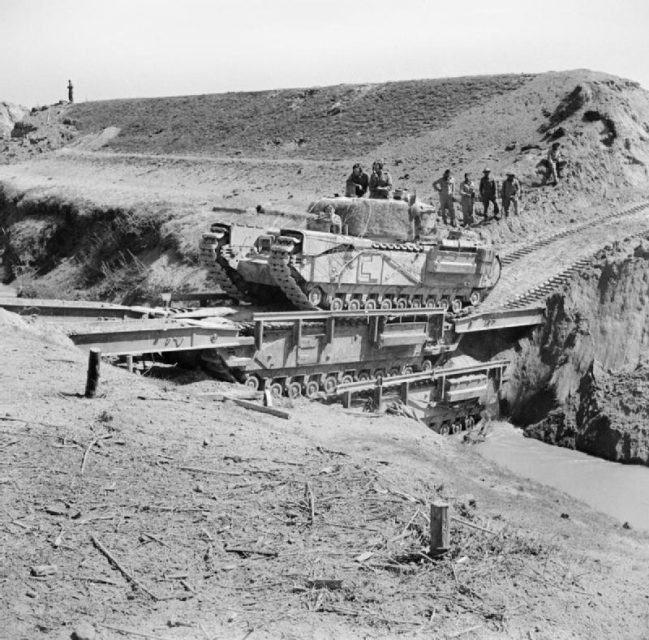
Centurion
Late in WWII, improved German tanks forced the Allies to develop new designs, with the armor to withstand a hit from an 88mm gun and the weaponry to effectively strike back. The British response, the Centurion, was rushed into production following successful testing in 1944, but the first six production models reached Germany in May 1945, just too late to take part in the fighting.
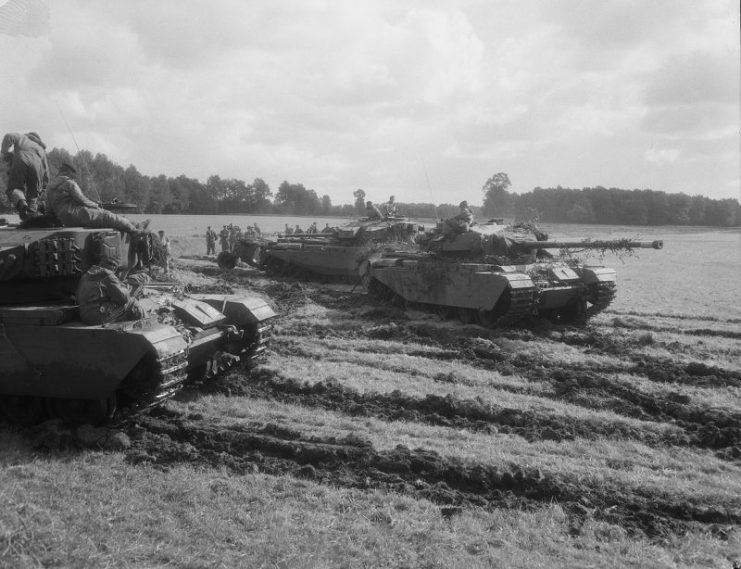
The Centurion proved to be an excellent fighting vehicle. Initially equipped with a 17-pounder gun, 20mm cannon, and three machine guns, it saw its armament repeatedly upgraded as new models were produced. The 20mm cannon was replaced with a machine gun as a more effective supplemental weapon, while the main gun went from a 17-pounder to a 20-pounder to a 105mm gun.
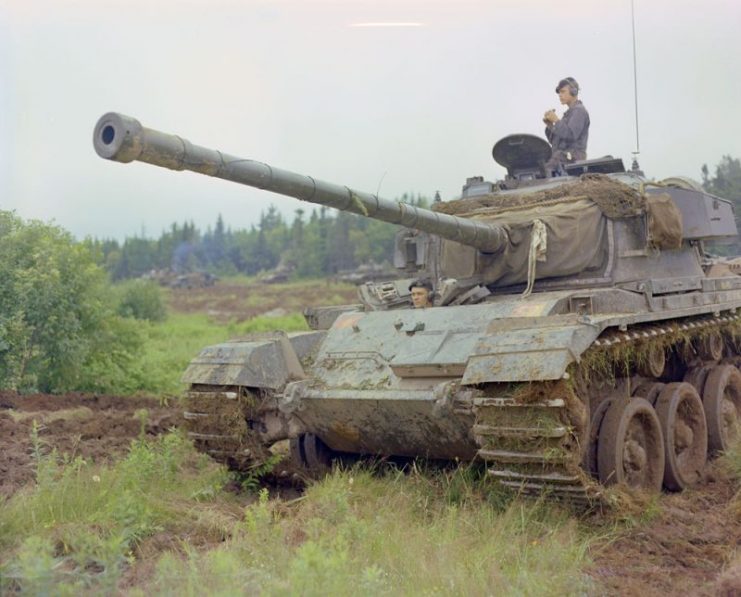
The armor was also repeatedly upgraded. A partially cast turret was replaced with an entirely cast one, and the sloping armor of the hull was made thicker. New fire control equipment and infrared aids were installed.
Over decades of service, the Centurion was used by every country in the Commonwealth, as well as by others in Europe and the Middle East. It saw successful action in the hands of both the Indians and the Israelis.
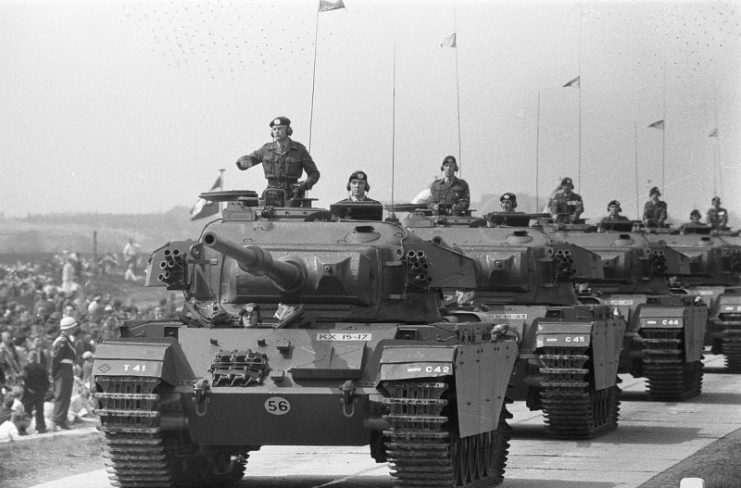
Conqueror
Going into the Cold War, the British Army retained an approach to tanks that they had followed for decades, seeking to field vehicles with two different types of weapons. One type was a high-velocity, smaller caliber gun for penetrating tank armor. The other was a larger caliber, low-velocity gun firing high explosive rounds to take out infantry and obstacles.
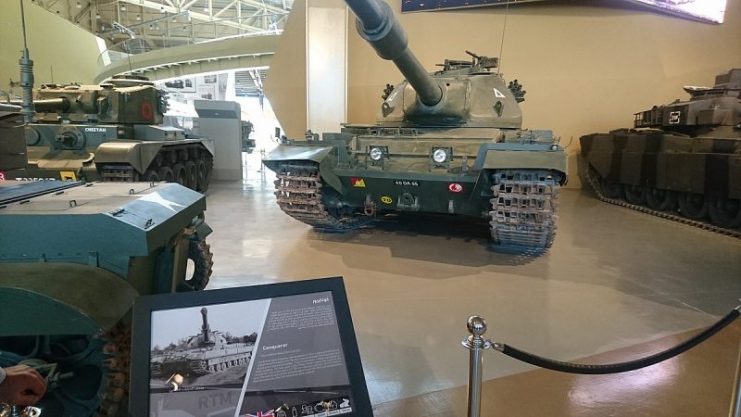
The Conqueror was designed to fill the role of taking out infantry and obstacles, in support of the Centurion. Devised in 1948, it carried a 120mm gun ultimately derived from an anti-aircraft weapon. Its enormous brass cartridges meant that it needed a large turret for reloading.
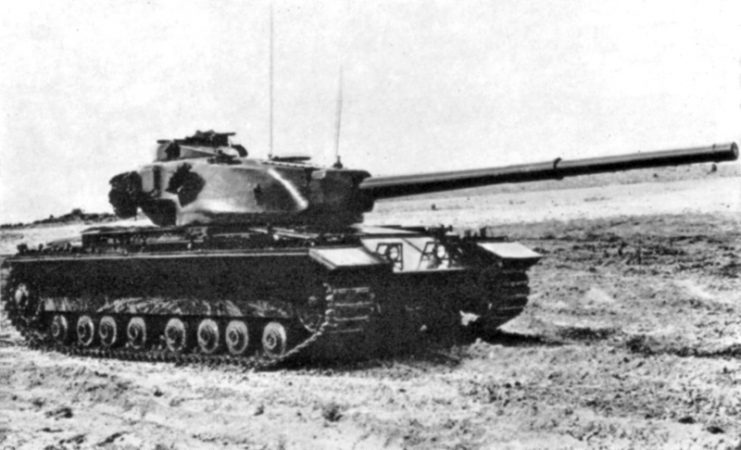
Unfortunately, tank design at that time wasn’t up to creating an agile tank with such a huge weapon. The Conqueror had excellent firepower but low mobility and was extremely unreliable. Its size meant that it needed special transports, bridges, and maintenance facilities, adding to the cost of fielding it.
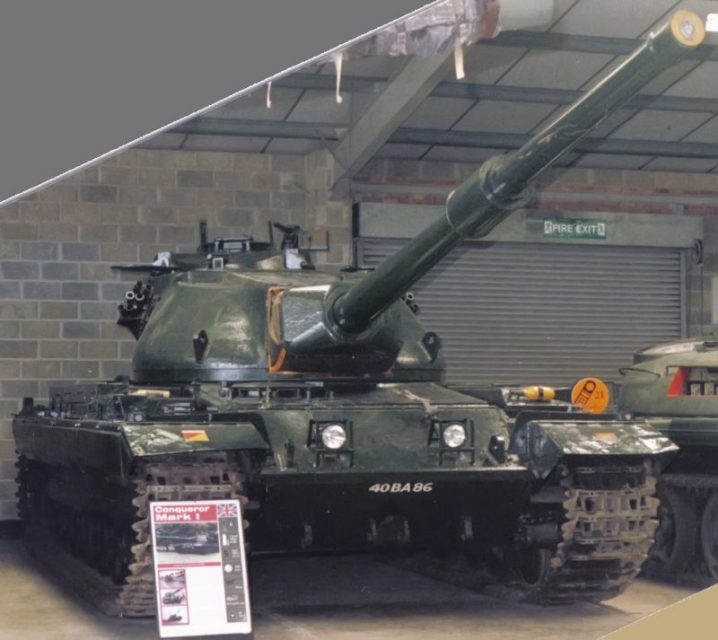
Because of these drawbacks, the Conqueror only saw service for seven years, from 1956 to 1963. During that time, it formed a part of British forces in Germany, facing the Red threat across the Iron Curtain.
Chieftain
In the 1950s, the British military started planning for a tank to replace the Centurion, something specifically designed for the circumstances and technology levels of the Cold War. The specifications, issued in 1958, placed firepower as the highest priority, followed by armor and then mobility.
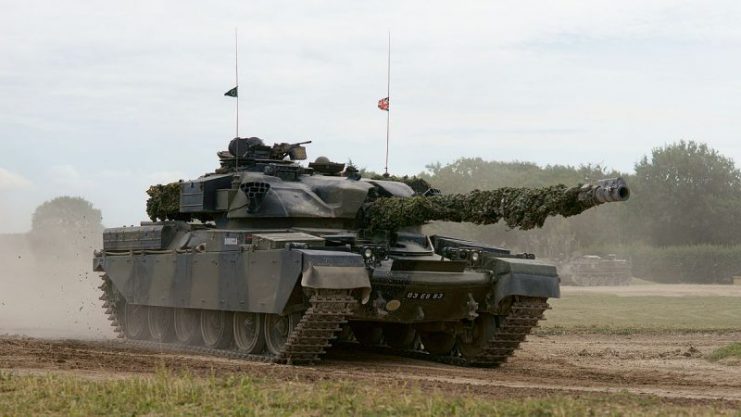
Working from the broad outline of the Centurion, the designers kept that tank’s general layout while improving a wide range of details. Armor was carefully sloped to minimize the impact of both mines and shells. The silhouette was made as low as possible, in part by having the driver lie prone.
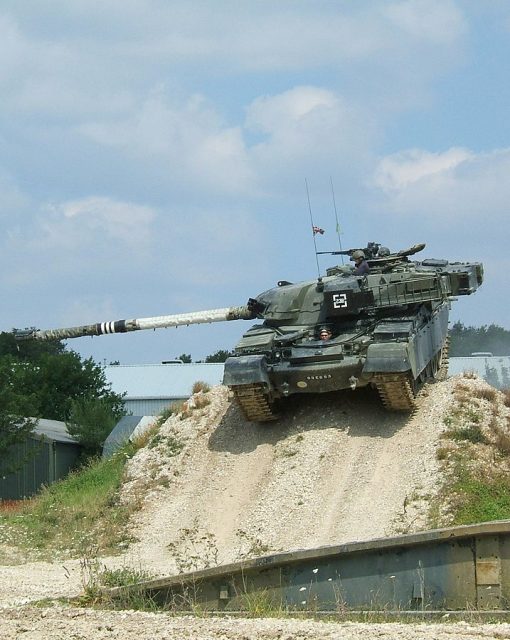
The Chieftain’s main weapon was a 120mm gun, chosen to provide the best chance of killing with the first shot at ranges of up to nearly two and a half miles. Ammunition consisted of separate shells and propellant cartridges, which reduced the space needed behind the gun breech for loading, at the price of needing a special new breech system.
Early Chieftains targeted their main weapons using a coaxial machine gun ballistically matched to the 120mm gun. The machine gun would fire at the target until it got a hit, at which point the main gun would join in for a high chance of hitting the target as well. This technique was later replaced by a laser rangefinder and a fire control computer with environmental sensors.
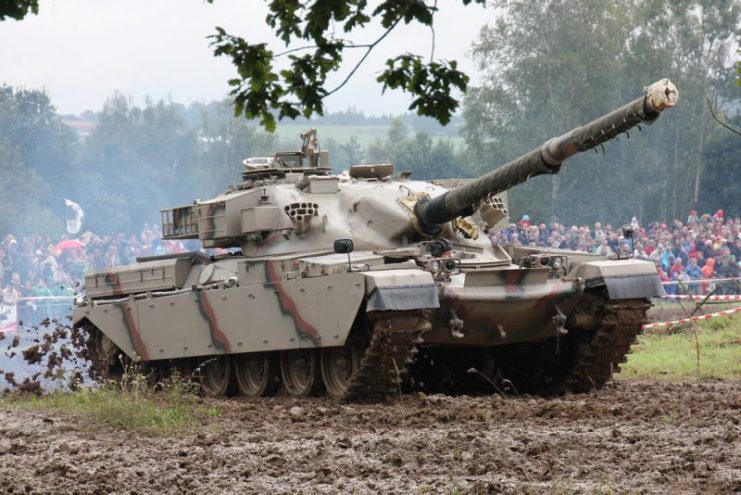
Vickers Main Battle Tank
While the tanks already listed were designed primarily for British use, the Vickers Main Battle Tank (MBT) was built for export.
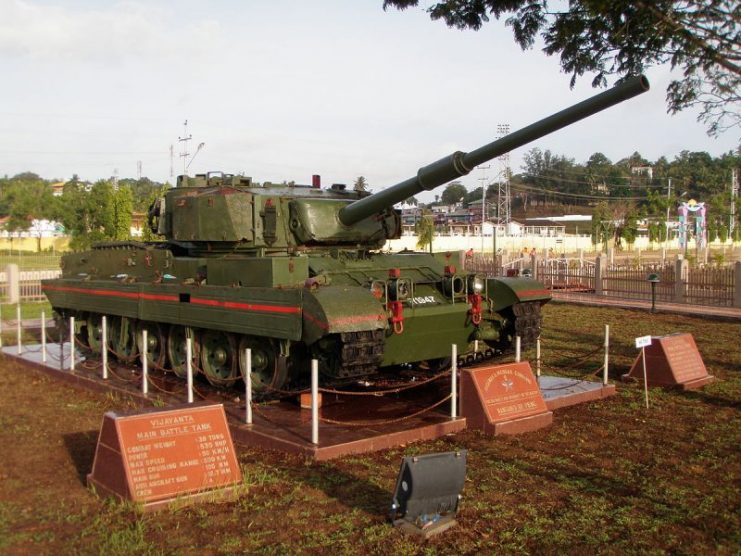
In 1961 Vickers, which produced many of Britain’s tanks, signed an agreement with the Indian government to provide them with a tank that the Indians could eventually produce themselves. The first British-built models were completed and sent to India in 1965, while the first Indian-built ones were produced by the Avadi Company in 1969.
Over time, a dwindling proportion of the components were British-made, as India moved towards self-reliance for tank production.
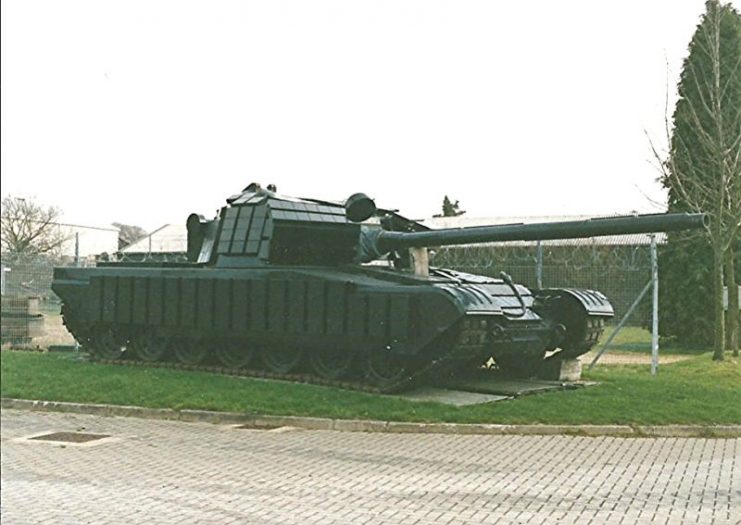
Read another story from us: 6 Soviet Cold War Tanks
The Vickers MBT used elements from existing tanks, such as the Chieftain’s engine and transmission, and a 105mm gun used in some Centurions. Infrared targeting and nuclear, chemical, and biological filters could be added, as more sophisticated equipment became available.
